India – Controversies Sustain Modi’s Popularity
More than 15 months after leading his BJP and its allies in the NDA to a second landslide victory at the May 2019 elections, Prime Minister Narendra Modi continues to enjoy strong popularity, despite ample grounds for criticizing the government’s management of the COVID-19 crisis. Although there have more recently been signs of an economic revival, India is on track to record its largest real economic decline in four decades in the fiscal year to March 2021, which critics are already blaming on the government’s tepid fiscal policy response to the crisis. Adding insult to injury, the lockdown strategy has failed to tame the health threat, with COVID-19 deaths averaging close to 1,000 per day in the month of August.
The apparent disconnect between the government’s performance and current popular sentiment toward the NDA administration is largely the result of two factors. The first is Modi’s commitment to delivering on a Hindu nationalist program that was a centerpiece of the governing coalition’s campaign platform in 2019. The other source of Modi’s enduring popularity is the nationalist fervor stoked by escalating tensions with China over a longstanding border dispute in the area where the Ladakh union territory meets the Tibet Autonomous Region in the Himalayas.
Diplomats are attempting to restore calm, but both sides have announced tit-for-tat retaliatory economic measures, and a fresh confrontation was reported near Gadong Tso Lake in late August. The heightened bilateral tensions come at a time when China is negotiating with Thailand to build a canal across the Malay peninsula that has the potential to significantly undermine India’s security in terms of its ability to counter hostile action by China’s navy.
Of course, at least some credit for the buoyancy of Modi’s popular support goes to the bumbling of the main opposition INC, which since suffering another crushing defeat at the hands of the BJP last year has been consumed by infighting. Defections at the state level have accelerated the erosion of the opposition’s numerical advantage in the 245-seat Rajya Sabha. Although the NDA is still a handful of seats short of a majority in the upper chamber, the UPA’s reduced total of just 60 seats leaves it in a much weaker position to cobble together a majority coalition capable of impeding approval of government-backed measures.
The government has set a goal of attracting $100 billion of FDI through the end of the 2021/2022 fiscal year. The pandemic has no doubt had a dampening effect on investment inflows and has also provided the government with an excuse for inaction. However, the business community will press for a more aggressive approach to liberalization as the crisis recedes, and the government will need to respond if it hopes to hit the FDI target. Given the uncertain outlook for the economy, the government may never be in a stronger position to deliver than it is right now.
Since 1979, The PRS Group Inc., has been a global leader in quant-based political and country risk ratings and forecasts. This commentary represents a sneak peek from our upcoming political risk reports. For more information please contact us at (315) 431-0511 and sales@prsgroup.com, or explore a subscription to PRS Online and/or ICRG Online today to receive political risk updates.

PRS INSIGHTS
Moving beyond current opinions, a seasoned look into the most pressing issues affecting geopolitical risk today.
EXPLORE INSIGHTS SUBSCRIBE TO INSIGHTS